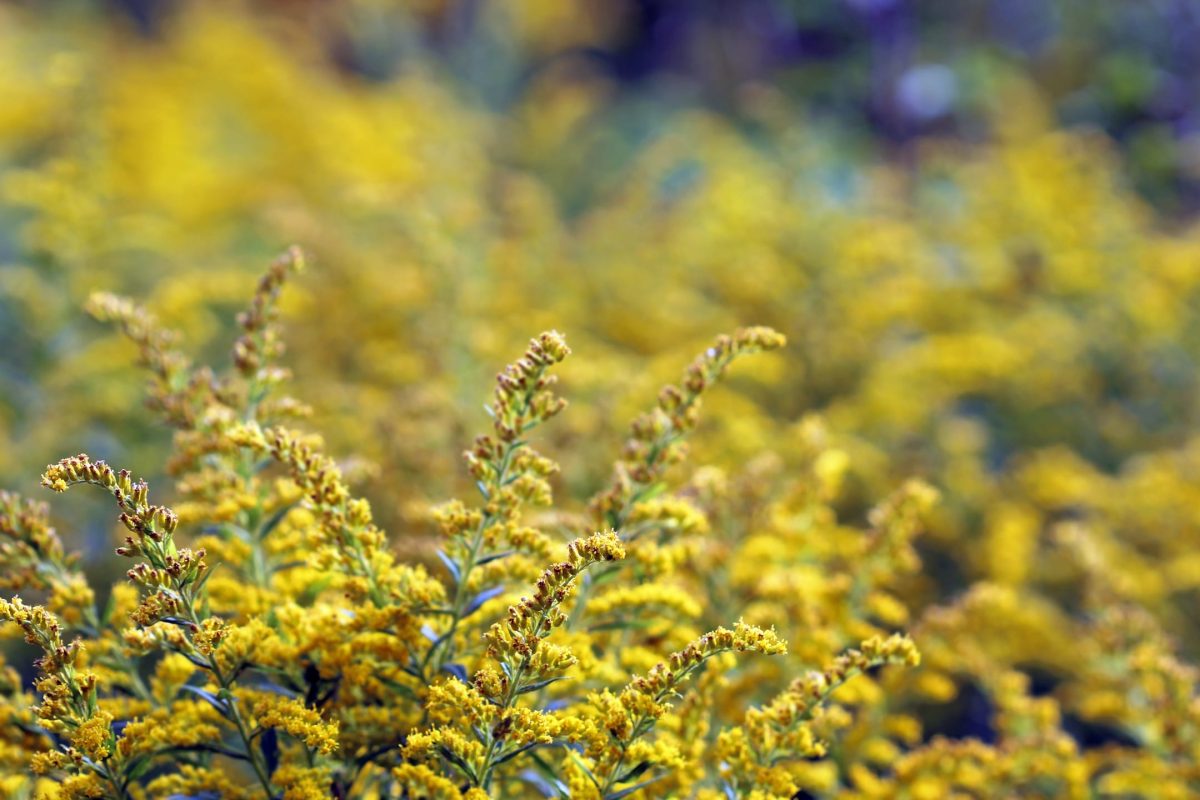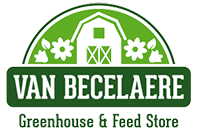Pollinator-Gardening: Native Plants to Attract Bees and Butterflies in Late Summer

Posted on August 14, 2025 by Van Becelaere Greenhouse
Late summer in Southeast Kansas gardens is a vibrant time, as blooms burst with color and pollinators abound. For customers of Van Becelaere Greenhouse in Pittsburg, Kansas, exploring pollinator-gardening with native plants is one of the most rewarding ways to support local ecosystems, attract bees, butterflies, and even hummingbirds, and extend your garden’s beauty well into the cooler months.
Power of Native Plants in Southeast Kansas
Native plants are the key to successful pollinator gardening, especially for attracting bees and butterflies in Pittsburg, Kansas. These plants are well-adapted to local soil and climate, providing crucial food sources for pollinators, and require less maintenance and water compared to non-native species. Better yet, they bloom in cycles, supplying consistent resources from early spring to late summer and fall.
Top Native Perennials for Late Summer Blooms
In late summer, it’s essential to choose flowering natives that offer rich nectar and pollen. Some standouts for Southeast Kansas gardens include:
- Aromatic aster (Symphyotrichum oblongifolium): Brilliant purple flowers attract bees, butterflies, and even hummingbirds from August through September.
- Black-eyed Susan (Rudbeckia hirta): This renowned pollinator magnet delights bees and butterflies well into fall.
- Blazing star (Liatris scariosa and Liatris spicata): Spikes of purple flowers draw in numerous pollinators, including hummingbirds and butterflies.
- Goldenrod (Solidago speciosa): Despite common myths about allergies, goldenrod is essential for bees and butterflies, blooming late into the season.
- Butterfly milkweed (Asclepias tuberosa): A host plant for monarch caterpillars, it thrives in the heat, providing crucial nectar for migrating butterflies.
Designing Your Pittsburg, Kansas, Pollinator-Gardening Plot
To make your garden irresistible for native pollinators:
- Offer sunny patches—pollinators bask in and need sunlight.
- Plant in clusters—large groupings are easier for insects to find and feed on.
- Place water sources—shallow dishes of water or damp sand help butterflies.
- Leave some stems and leaf litter over winter for habitat.
- Choose a variety of bloom times to support pollinators from spring through fall.
Nectar Plants for Hummingbirds
Hummingbirds play a role alongside bees and butterflies in late summer pollinator gardening. In Southeast Kansas, you can attract these energetic birds with natives like:
- Blue flag iris (Iris versicolor)
- Wild bergamot or bee balm (Monarda fistulosa)
- Great blue lobelia (Lobelia siphilitica)
- Redbud (Cercis canadensis)
Top Tips for Southeast Kansas Gardeners
For long-term success in your Southeast Kansas garden, keeping pollinators in mind is key to nurturing a vibrant landscape that supports bees, butterflies, and hummingbirds year after year. The following expert-backed tips will help you minimize harm to beneficial wildlife, select plants for lasting beauty, support monarch populations, and tap into local resources for plant selection.
- Avoid pesticides—these can harm beneficial insects and birds.
- Prioritize perennials for long-term, low-maintenance beauty.
- Support monarchs with milkweeds specific to Kansas and surrounding regions.
- Consult local resources, like Van Becelaere Greenhouse, for the best plant varieties for your garden.
Late Summer Pollinator-Gardening Successes
Achieving a thriving late summer pollinator garden involves more than just planting flowers. It requires thoughtful planning to support the needs of bees, butterflies, and hummingbirds throughout the season. By selecting the right native plants and creating an inviting habitat, you can enjoy a continuous display of blooms that provide abundant nectar and pollen. The following strategies will help you build a vibrant and sustainable pollinator-friendly garden in Southeast Kansas.
- Plant aromatic aster, blazing star, black-eyed Susan, goldenrod, and butterfly milkweed.
- Ensure a variety of bloom times for continuous pollen and nectar.
- Grow in full or partial sun and group plantings for visibility.
- Incorporate host plants to support butterfly larvae.
- Provide water and refrain from late-season clean-up to preserve pollinator shelter.
By choosing native plants ideally suited to Pittsburg, Kansas, and focusing on pollinator-gardening strategies, your garden will hum with bees, butterflies, and hummingbirds, keeping your garden lively and thriving through late summer and beyond. To select your late summer blooms and fall colors, stop in at Van Becelaere Greenhouse today.
